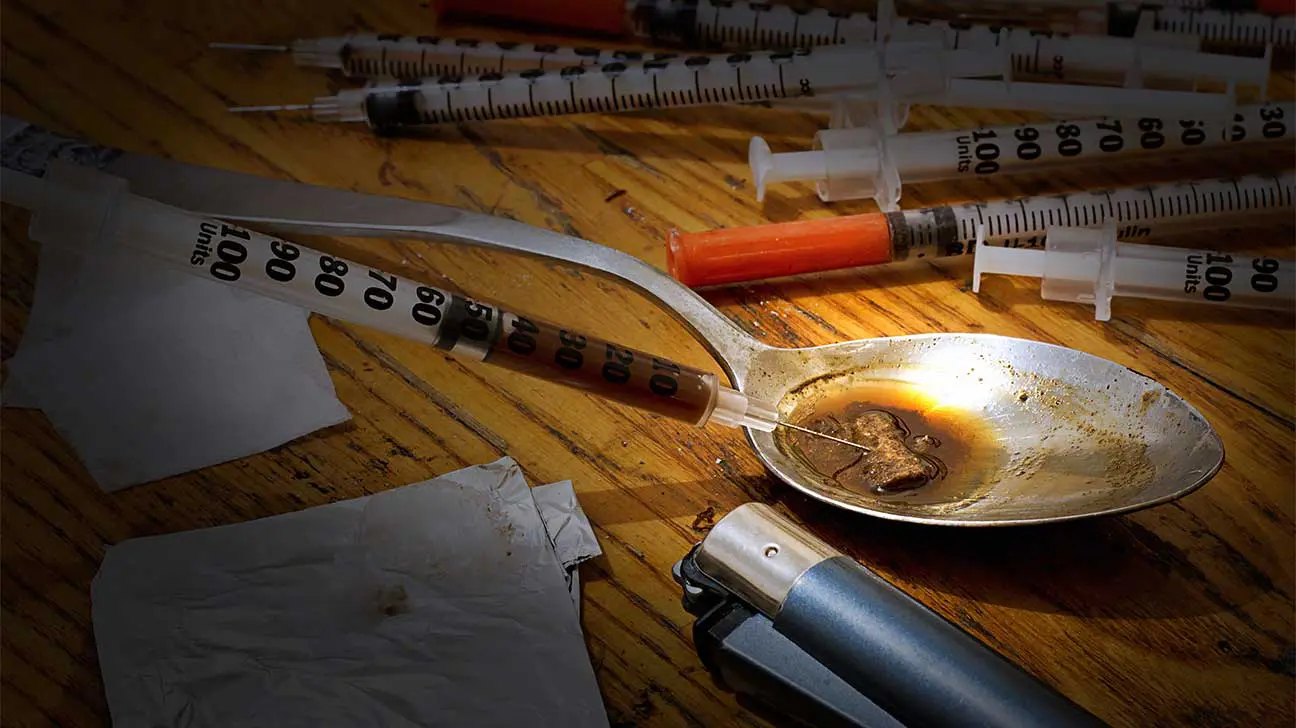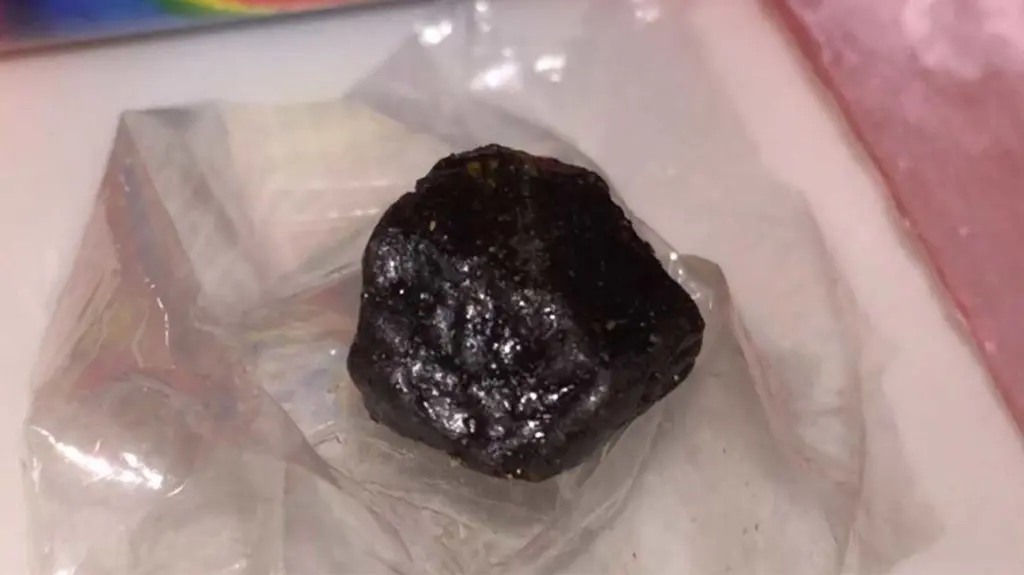
Black tar heroin is a crude, solid form of the illicit opioid heroin that can be smoked or liquified for drug injection.
Heroin, also known as smack or dope, is a highly addictive drug that can be injected, snorted, or smoked.
Heroin comes in three primary forms:
- brown powder
- white powder
- dark, sticky or rock-like substance (black tar)
When used, it can produce a powerful rush of relaxation and happiness, as well as other unpleasant side effects.
Learn more about black tar heroin
Identifying Black Tar Heroin
Black tar heroin is a cheap form of heroin that is less refined than heroin in its powder form.
This type of heroin is produced through a process of refining morphine, a natural substance that comes from the opium poppy plant.
Much of the black tar heroin in the United States is trafficked into the country from Mexico, where the bulk of it is produced. It can be identified by its distinctive look, smell, and effects.
What Black Tar Heroin Looks Like
Black tar heroin is darker in color than powder forms of heroin, which can be either a light to medium brown or white.
The consistency of black tar heroin can be hard like coal, or sticky like roofing tar. This may vary depending on how it’s produced and the addition of additives.
Black tar heroin is commonly diluted with fillers like dirt or black shoe polish, which can clog the blood vessels when injected. This may also affect its color and general appearance.
Learn more about identifying black tar heroin by its appearance
What Black Tar Heroin Smells Like
The smell of black tar heroin can vary depending on how it’s used and its ingredients. Many of the chemicals involved in the manufacturing process tend to give it an acidic smell, similar to vinegar.
Some former users of black tar heroin have described its smell as distinctive but difficult to pin down.
Terms used to describe the smell range from “cat’s piss” to “kitty litter,” garbage, and burning molasses.
Learn more about identifying black tar heroin by its smell
Identifying Black Tar Heroin Drug Paraphernalia
Black tar heroin is generally inhaled (“chasing the dragon”) or injected. This can require certain tools or drug injection supplies, commonly referred to as heroin paraphernalia.
Drug paraphernalia associated with shooting black tar heroin includes:
- syringes
- needles
- spoons
- cotton balls
- materials for tying off the arm (e.g. rubber tubing, neckties)
- alcohol pads
Drug paraphernalia associated with inhaling black tar heroin:
- aluminum foil
- lighters
- matches
- candles
- teaspoons
- straws
Shooting heroin is the most common method of use, according to drug use researchers. This can cause rapid effects, often referred to as a “rush”, due to the direct entrance of the drug into the bloodstream.
Finding Treatment For Black Tar Heroin Addiction
Black tar heroin is an addictive drug that can have serious effects on physical health, mental health, and behavior.
It can also be deadly. According to the Centers for Disease Control (CDC), nearly 15,000 people in the United States died of a drug overdose involving heroin in 2018 alone.
If you suspect a loved one is addicted to black tar heroin, our addiction specialists may be able to help. Call our helpline today to find heroin addiction treatment near you.
Addiction Resource aims to provide only the most current, accurate information in regards to addiction and addiction treatment, which means we only reference the most credible sources available.
These include peer-reviewed journals, government entities and academic institutions, and leaders in addiction healthcare and advocacy. Learn more about how we safeguard our content by viewing our editorial policy.
- Centers for Disease Control and Prevention (CDC)—Heroin Overdose Data
https://www.cdc.gov/drugoverdose/data/heroin.html - U.S. National Institute on Drug Abuse—Heroin research report
https://www.drugabuse.gov/publications/research-reports/heroin/overview - U.S. National Institute on Drug Abuse—Heroin DrugFacts
https://www.drugabuse.gov/publications/drugfacts/heroin - U.S. National Library of Medicine: NCBI—An Exploratory Study of Inhalers and Injectors Who Used Black Tar Heroin
https://www.ncbi.nlm.nih.gov/pmc/articles/PMC3088121/ - U.S. National Library of Medicine: NCBI—The Textures of Heroin: User Perspectives on “Black Tar” and Powder Heroin in Two US Cities
https://www.ncbi.nlm.nih.gov/pmc/articles/PMC5027195/



